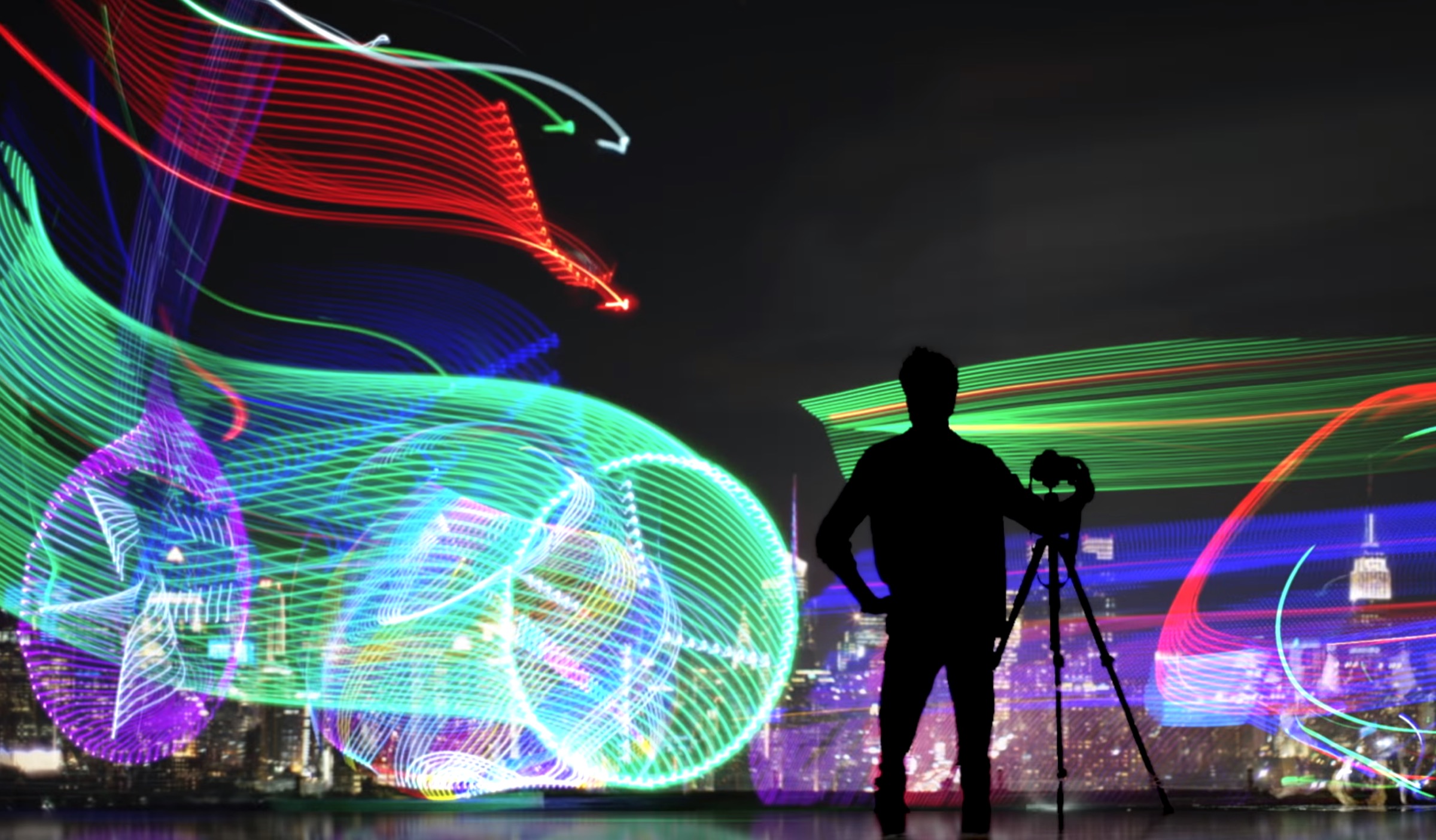Highlights:
- Getting paid for your art has probably taken its toll on your enjoyment and fulfillment.
- You can regain your passion and fulfillment, and still make a living.
- You don’t necessarily need to make a living doing your art
- Personal projects can both recapture your creative passion, and ironically also lead to financial rewards.
- There are six exercises you can start today to get your creative juices flowing and moving you closer to fulfillment.
- It’s not enough to be creative every now and then—you must lead a creative life.
Is getting paid for your art really the ultimate achievement for a professional artist? “Popular Oscars” and MTV Movie Awards aside, if you got paid for your art, even if you got paid a lot, would that be enough to make you happy and fulfilled?
Maybe. But, if you’re like most filmmakers I’ve met over the years, you didn’t fall in love with this craft because you saw it as a sure fire way to financial freedom. Most likely, some movie you saw captured your imagination: whether it was something as ubiquitous as the 1977 release of Star Wars, or the Powell and Pressburger classic The Red Shoes. Whatever it was for you, you embarked upon this journey for artistically pure reasons.
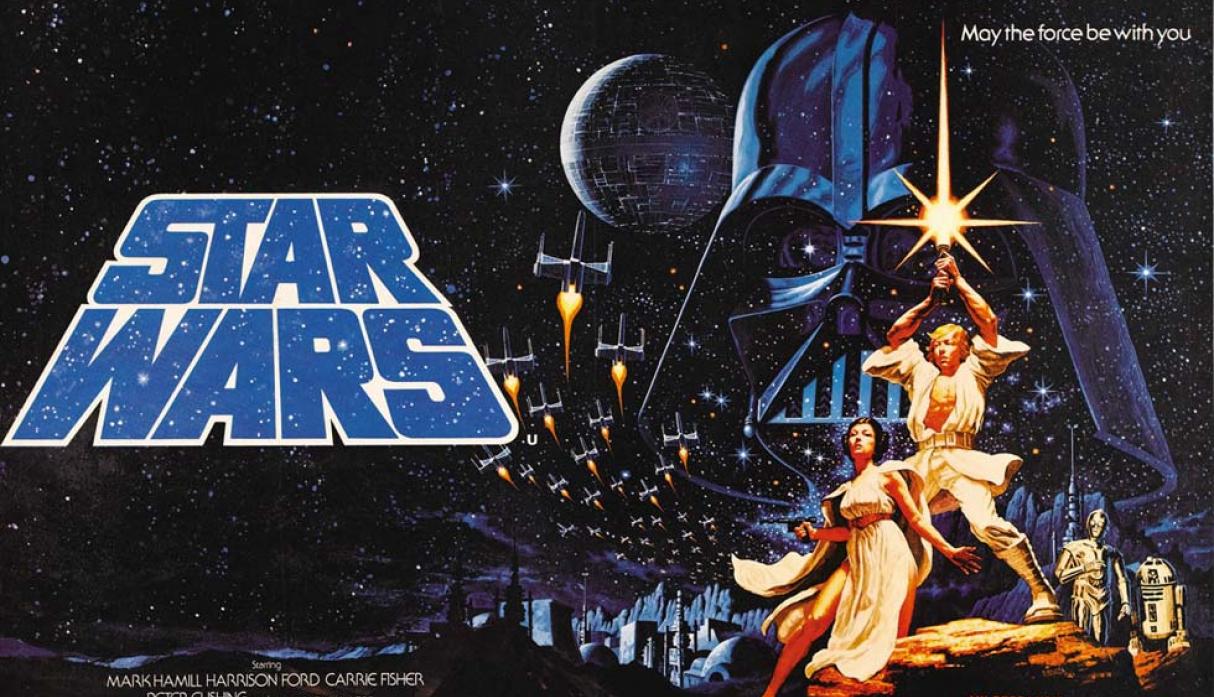
And then something changed.
Getting Paid. Losing Passion.
For the past three weeks, we’ve explored the ongoing debate of “does art pay?” It started three weeks ago with the release of the first Frame.io Masters film by Mark Toia. A 150+ comment thread on the /r/photography subreddit inspired last week’s post that covered 4 specific things you can do to get paid for your art.
But that begs the question: “do you want, or even need to get paid?” Are financial rewards the only end worth justifying in the endeavor of film and video production? And is there a way to have your proverbial cake and eat it too?
If you’ve chosen the creative arts as a career path, somewhere along the line, the passion and creativity that drove you in the beginning began to diminish. Maybe it was dealing with that umpteenth client that wanted way more than he was willing to pay. Maybe it is all those jobs you took that didn’t really excite you, but “hey, they paid the bills.” Or maybe you’ve shot and/or edited just one too many vapid blow-up-the-bad-guys summer blockbusters that leave your soul feeling lifeless and your creativity dry.
It doesn’t have to be that way.
The Secret is Simple
Believe it or not, the secret to bringing back joy and fulfillment from your craft is simple: minimize input to maximize output. Meaning, minimize the weight and the impact of the people who have a say in executing your vision. The more you control what projects you take and how those projects are realized, the more fulfilled you’ll be.
There are four paths you can follow to make this happen:
- Become a Master
- Entertain the Masses
- Keep it on the Side
- Make it Personal
Become a Master
If you’re in this field to make a living, the best way to maximize both your creative fulfillment, as well as your financial intake, is to become a master. What’s a master? Someone like Mark Toia and the other people we’ll be featuring in the series. Filmmakers whose work is so amazing, they can 1) command whatever rate they want, 2) take only the jobs they want (Mark frequently has to turn down work) and 3) can often be granted ultimate creative control.
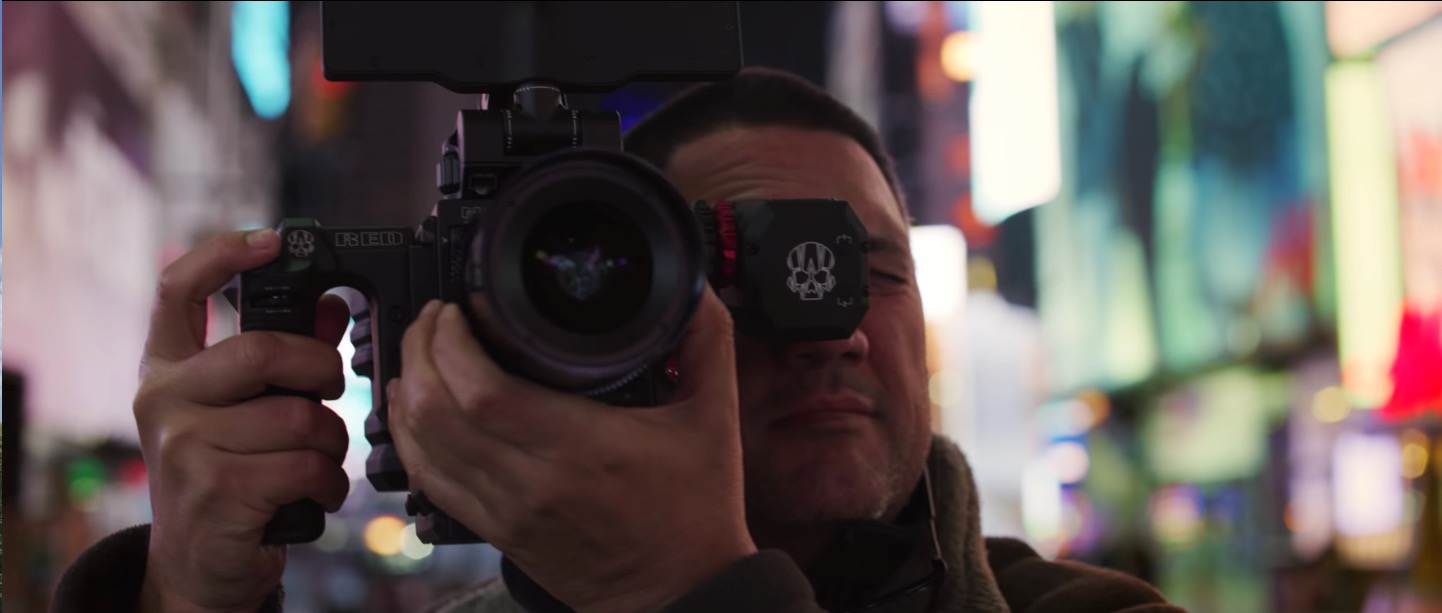
Legendary designer Paul Rand comes to mind when I think of people like this. According to the official Steve Jobs’ biography by Walter Isaacson, back in 1986 when Jobs was ousted from Apple and founded NeXT Computer, he wanted a world-class brand. So he hired a world-class designer: Paul Rand.
Rand had designed the logos for a number of international brands—UPS, ABC, and IBM to name a few. Jobs paid Rand $100,000 for one design. That is nearly a quarter of a million dollars in today’s money. Paul made it clear that Steve would get ONE design. No revisions. Take it or leave it. And in any case, Paul would still get his money.
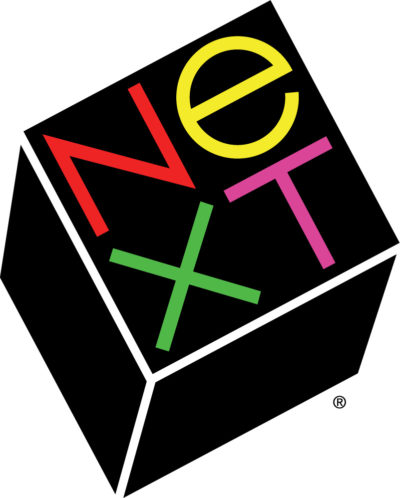
This is the category most of us who make a living creating art wish we could be in—where our work is in such demand, our style so distinctive, we can charge what we want and include the parameter that the client has absolutely no say in the matter.
In truth, this is probably more of a unicorn in today’s world. You have to be on true legendary status to command 100% carte blanche powers. But, you can bet pretty darn close if you possess the right skills or have the experience. (And regardless of your “master” status, you still will need to collaborate with others.)
To become a master takes years of experience, training, and talent. If you’re not quite there yet, here’s option #2.
Entertain the Masses
This is the artist who makes the kind of art they want to make, and either 1) people are willing to pay them for it, or 2) they can generate ad revenue due to the traffic their art creates. Great examples include:
- YouTubers like Casey Neistat, Freddie Wong and iJustine
- Filmmakers like Ed Burns who has his movies go direct to VOD or iTunes
- Photographers like Trey Ratcliff who supports a company of employees solely on the licenses of the photographs he takes (which he posts online in full resolution for FREE personal use under Creative Commons.)
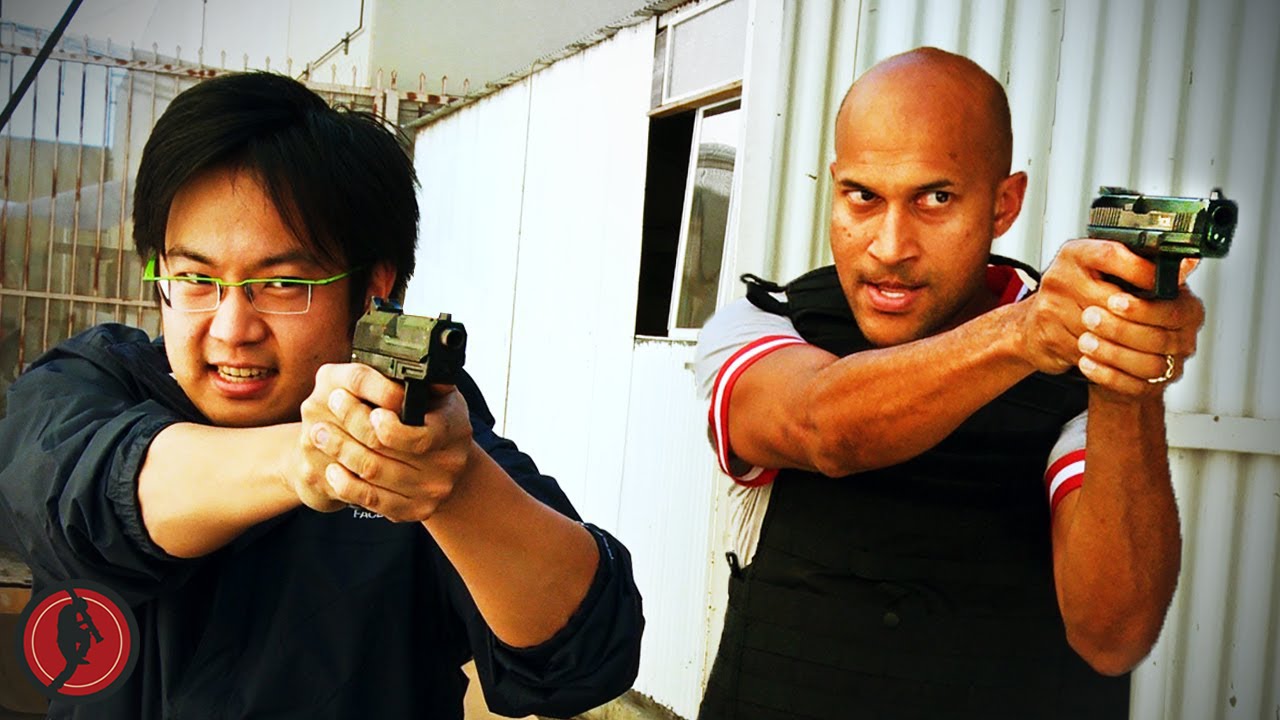
Admittedly, this is one of the hardest achievements to accomplish. It usually takes years of creating content and building an audience (or one lucky, jackpot-winning viral video). But if you can, few things are more rewarding for a filmmaker.
If you are neither a master nor original creator, there’s option #3.
Keep it On the Side
The one option you will always have at your disposal is to maintain the creation of your art as something you do for personal enjoyment only—on the side. For many of you that may mean keeping your regular J-O-B. And you know what? There’s absolutely nothing wrong with that. Don’t give in to the notion that you have to start a business or get a job related to your craft.
For fifteen years I ran a small video production and marketing company and as fulfilling as some of my work was, much of if had lost its allure. Now that I have as my primary job in life keeping you fine people intellectually fed on this blog, there is a tremendous amount of relief and satisfaction that comes with knowing that the video projects I now work on are personal in nature, fun to do, and only need to please me.
But the truth of the matter is, if you’re a regular reader of this blog, chances you are in this business to make money at your craft. Either in a business you started yourself, or working for someone else. And the overwhelming majority of you can’t name your price and pick and choose which projects you take. Most of you don’t run your own successful YouTube channel with 8+ million subscribers. And, your J-O-B is your art. So strategy #4 for keeping your passion alive is a version of “keep it on the side.”
Make It Personal
From the hundreds of professional artists I’ve interviewed over the years as a podcaster, writer, and documentary filmmaker, the most popular recurring theme I came across was the power and importance of personal work.
If the creative work you do on a daily basis is not fulfilling, personal and passion projects are the antidote. They allow you to…
- Explore your creativity in ways you may not be able to do on someone else’s budget.
- Explore provocative themes and subject matter you may not be able to do with someone else’s brand.
- Explore and experiment with equipment you don’t have access to on someone else’s production.
It is in the execution of this work where you will rediscover the joy you originally had for this craft. It’s the reason why international movie stars who can command tens of millions of dollars to star in a blockbuster will work for scale to be in a small indie project that allows them to break out of a typecast.
At the end of the day, whether you work in front of the camera or behind, above the line or below, as an artist, all filmmakers want to keep growing.
Profiting from Your Passion Projects
The irony in the quest for personal rather than financial fulfillment through passion projects is that more often than not, the passion work you do may very well lead to financial profitability.
It was personal work that attributed to the phenomenal success of multi-Vimeo-Staff-Pick-winning commercial filmmakers Dan Riordan and Dana Saint of Gnarly Bay. Because of their personal projects, they have been hired by Fortune 500 agencies to produce work for brands like REI, Facebook, Slack, Verizon, Chevrolet, and many more.
It was Elaine McMillion Sheldon’s personal documentary “Hollow” that won her a Peabody, her first Emmy nom, and has led to now two Netflix original documentaries (“Heroine” and “Recovery Boys”).
And few can forget the heartfelt and powerful 7-minute personal doc Last Minutes with Oden that put Eliot Rausch on the map and a highly sought-after director (Rausch directed the short doc The Revenant: A World Unseen, based on making of Alejandro G. Iñárritu’s Oscar-winning film, The Revenant.)
The list of passion-to-profit case studies is long:
- The creation and subsequent video documentation of his passion projects is what led Film Riot creator Ryan Connolly’s to YouTube success.
- Commercial photographer Zack Arias was catapulted to fame in the industry when he made the personal film “Transform” for ScottKelby.com.
- With no video experience, Pulitzer Prize-winning photographer Vincent Laforet spent $5,000 of his own money to make his now famous “Reverie” film, credited with launching the DSLR filmmaking revolution (the 10th anniversary of which is this October). It should be noted that most of the professionals we surveyed for our Game Changer article listed that as the last real game changer.
- Jesse Rosten’s fun project iPad+Velcro video was actually put on Apple’s website, which garnered him a modicum of fame and access to bigger projects.
- Drea Cooper’s co-created series “California is a Place” racked up millions of views and led to some pretty high profile commercial work, including the Netflix Original “Flint Town.”
- Filmmaker Dan Trachtenberg’s “Portal: No Escape” catapulted him to the point where five years later he was given the helm of 10 Cloverfield Lane, the 2016 sequel to J.J. Abrams monster movie hit Cloverfield.
- World-renowned commercial photographer and founder/CEO of CreativeLive Chase Jarvis attributes some of his best gigs from his personal work with the iPhone or his photos of Seattle.
Many other professional filmmakers have been able to attain additional work and new opportunities this way. Naturally, there’s no guarantee your passion projects will lead to fame or fortune, but the beauty is, that doesn’t matter. If your motives are artistically pure and true, the real reward is something entirely different.
Creative Exercises
It’s fine knowing that artistic fulfillment can be recaptured just by investing time (and maybe personal money) into a creative project; but time and the lack of it (perceived or real) is actually the one thing that is most likely going to hold you back.
We’re all pulled in so many different directions, it can be easy for us to constantly avoid taking the necessary steps forward to work on the projects that can recapture “the magic.” So here are six simple creative exercises you can do right now to give you that proverbial shot in the arm you need to get creative juices flowing, exercise your creativity, and get sparks of inspiration.
Learn one new feature/trick a day: I bet there’s a feature in your NLE you’ve never used and/or haven’t discovered. Find it, and learn how to use it. Play around with EQ and other audio controls. Or dive deep into color grading features. Been meaning to learn After Effects? Do it. Go and finally watch that Master Class you purchased last month and have yet to crack open.
Impromptu Projects: one of the ways I’ve been teaching my aspiring filmmaker son is through a project we call Spontaneous Cinema. We go out for 2-4 hours, make up a story on the spot, then shoot it on my iPhone. He then goes back and edits it (he often even creates original music). So, go out and make up a story, shoot it, then edit it, all in a day. (The next best thing is finding a local 24- or 48-hour film project and join a team. I led a team once and it was both the most challenging and most rewarding filmmaking experience of my life). As of this writing, the GIF-making and hosting site Giphy just launched an 18-second film festival. Go join it.
Read a book that challenges or pulls you out of your comfort zone: there are plenty of books about reigniting the flame of creativity. But what I’m suggesting is one of those artsy books that gives you random assignments. One of my favorites is “How to Be An Explorer of the World” by Keri Smith. It encourages you to look at the world in new and different ways. The “Light” exercise asks you to collect different objects based on how they reflect light and to list the different qualities such as reflective, translucent, refracting, etc. Smith’s “Wreck this Journal” series are also worthwhile “reads”.

Morning Pages: first noted in Julia Cameron’s critically acclaimed book “The Artist’s Way,” morning pages are a way for you to force yourself to create. Every morning, you write three pages—longhand (no screens allowed). You write whatever is on your mind. A dream. An idea. A frustration. Whatever. But you must write. Every. Single. Day. Countless artists have extolled the virtues of morning pages and the effect it’s had on their lives.
Street Photography Stories: for nearly six months this year I traveled through Europe and my love for street photography was reignited. But I began to add a unique element. Inspired by Humans of New York—where photographer Brandon Stanton interviews his subjects then writes their stories as captions for his photos—I would take my street photos and just make up stories. So go out, take a bunch of photos, then come home and make up stories to go along with them.

Baby Steps: last but not least, if you do have a passion project you’ve been working on (or want to work on), but haven’t gotten around to it, take baby steps. Every day make one small move toward your goal. It may be a page of a script. A character description. Half a lesson on DaVinci Resolve. Momentum and the act of moving forward is the most important thing.
Live a Creative Life
You’d be surprised about how much you can learn from the creative process of artists in other disciplines. The documentary short below weaves excerpts from interviews with award-winning filmmaker Brandon McCormick of Whitestone Motion Pictures; Brandon’s partner and film Composer Nick Kirk; brand agency creative director Blake Howard of Matchstic; and painter Suzy Schultz. The insights they share are inspiring and surprisingly universal.
“When you have a story that needs to be told, you can’t help yourself but to go make it.” Brandon McCormick, Whitestone Motion Pictures
The key learnings from the film that you can take away today:
- Have structure in your creative process
- Create from a personal space
- Once you finished one project, move on to the next
- Listen to the muse that tells you to “go make something”
But perhaps the most insightful piece of advice comes from Blake:
“Creativity is a habit. It’s something you have to live, it’s a lifestyle. It’s not something you just wait to pull out of your pocket. We treat creativity, or our process, like chapstick; our lips are chapped and we go for out chapstick and we just slather it on, when that’s really not the problem. The problem is, we might be dehydrated, and we haven’t had a lifestyle of drinking water.”
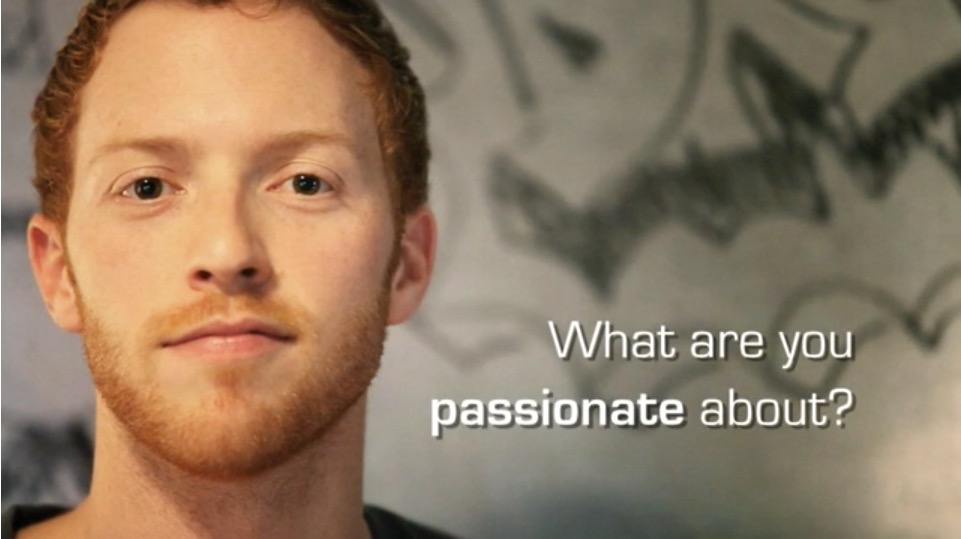
That quote convicts me every time I hear it. I think it perfectly encapsulates the exercises I recommended and points the way to the solution for curing any artistic doldrums you may be experiencing.
Whether it’s the work you do on a day-to-day basis, or the time you find after work and on the weekends, live a life that exercises your creativity and artistry. Like any other muscle in your body, if you don’t use it, it’ll atrophy.
What do you do to keep your artistry alive, your career fulfilling, and the creative juices flowing?

